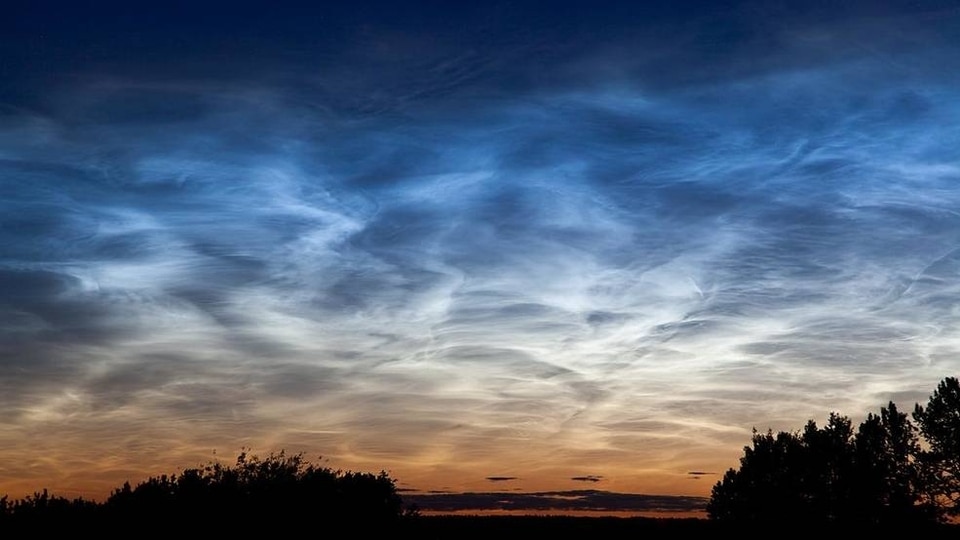Rocket launches can create shining clouds away from poles, says NASA
A study using NASA’s Aeronomy of Ice in the Mesosphere (AIM) satellite has revealed that rocket launches can create night-shining clouds that are nowhere near the Earth's poles.

NASA, ISRO, SpaceX and other such organisations carry out many rocket launches during the year. But do you know that these rocket launches have a big impact and they can create night-shining clouds which are away from the Earth's poles. According to a new study using NASA's Aeronomy of Ice in the Mesosphere (AIM) satellite, which is managed by the Explorers Program Office at NASA's Goddard Space Flight Center in Greenbelt, Maryland, morning rocket launches are partly responsible for the appearance of the lower-latitude clouds.
Near Earth's North and South poles, wispy, iridescent clouds often shimmer high in the summertime sky around dusk and dawn. These night-shining, or noctilucent, clouds are sometimes spotted farther from the poles as well, at a rate that varies dramatically from year to year, NASA said in a report. “Space traffic plays an important role in the formation and variation of these clouds,” says Michael Stevens of the Naval Research Laboratory, the lead author of a paper reporting the results in the journal Earth and Space Science.
The finding is said to be very important as scientists are trying to understand whether increases in noctilucent clouds are connected to climate change, human-related activities, or possibly both.
According to NASA, noctilucent clouds are the highest clouds in our atmosphere and float some 50 miles (80 kilometers) high in a layer of the atmosphere called the mesosphere. They shine at night because they are so high up that sunlight can reach them even after the Sun sets. These high-flying clouds form when water-ice crystals condense on particles of meteoritic smoke – tiny bits of debris from meteors that have burned up in our atmosphere.
"Noctilucent clouds most commonly appear at high latitudes, near Earth's poles (where they're also known as polar mesospheric clouds), but they sometimes emerge farther from the poles, below 60 degrees latitude. Between 56 and 60 degrees north latitude (above areas such as southern Alaska, central Canada, northern Europe, southern Scandinavia, and south-central Russia), for example, the frequency of these clouds can vary by a factor of 10 from one year to the next," the research organisation said.
Previous studies showed that water vapor released into the atmosphere by space shuttle launches can cause an increase in noctilucent clouds near the poles.
Stevens and his team studied observations of noctilucent clouds taken by the Cloud Imaging and Particle Size (CIPS) instrument on NASA's AIM satellite, which launched in 2007 to investigate why night-shining clouds form and vary over time. The analysis revealed that the more morning launches there were, the more mid-latitude noctilucent clouds appeared.
Catch all the Latest Tech News, Mobile News, Laptop News, Gaming news, Wearables News , How To News, also keep up with us on Whatsapp channel,Twitter, Facebook, Google News, and Instagram. For our latest videos, subscribe to our YouTube channel.
































